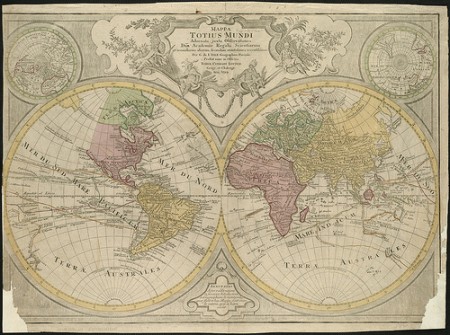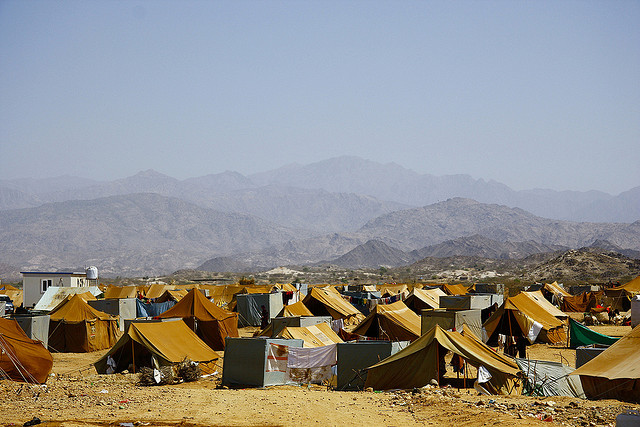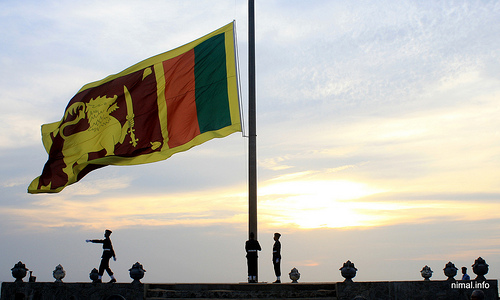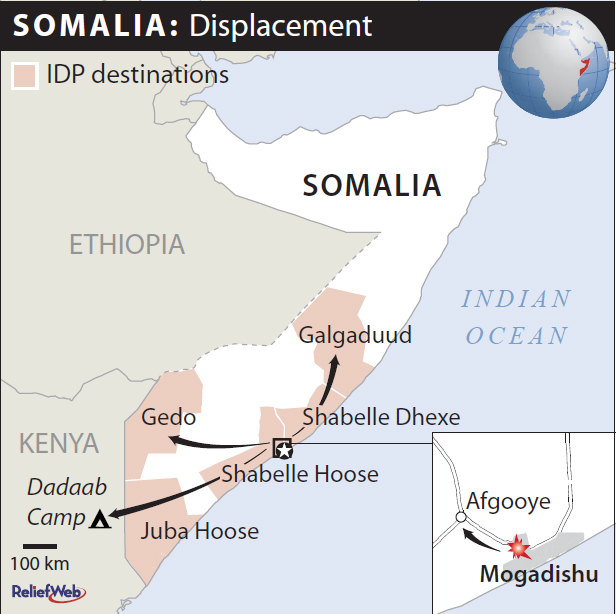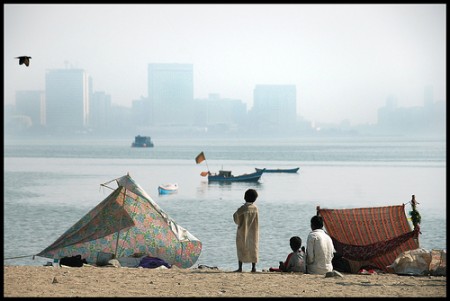
The workshop Inequality, Grievances and Civil War took place on the 11th and 12th of November 2011 and was hosted by the Center for Comparative and International Studies (CIS) of the ETH and the University of Zurich. Bringing together some of the leading researchers on group equalities and civil war, the aim of the workshop was to present new research on the role of inequality, geography, mobilization and institutions in explaining conflict onset and termination. Highly anticipated amongst participants, however, was the unveiling of the new GROWup(Geographic Research on War: Unified Platform) data portal.
Friday’s first session addressed ‘Horizontal Inequalities’ and was kicked off by Dr. Frances Stewart of the University of Oxford, presenting her paper “Horizontal inequalities at a global level: the case of Muslims versus the rest”. By placing horizontal inequalities as inequalities in economic and political resources between culturally defined groups, Stewart argued that global horizontal inequalities have similar implications to national ones. Stewart stressed that existing inequalities are a source of insecurity and can raise the risk of conflict globally. Hence, horizontal inequalities, whether they are cultural, political or economic, need to be addressed both on the national and the international level.

